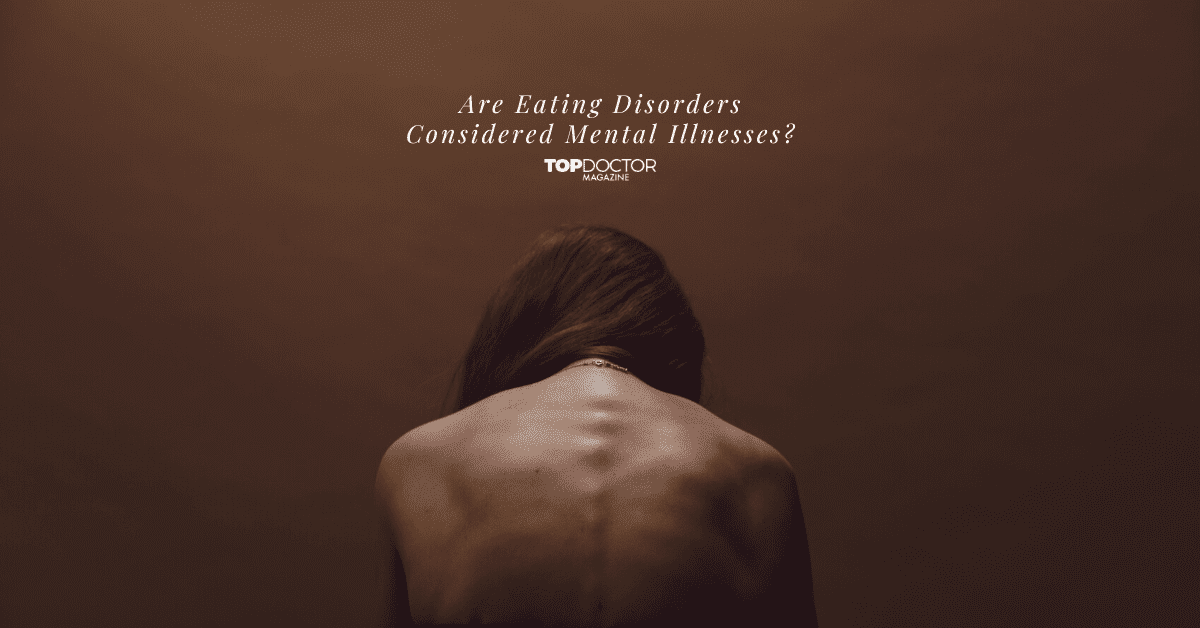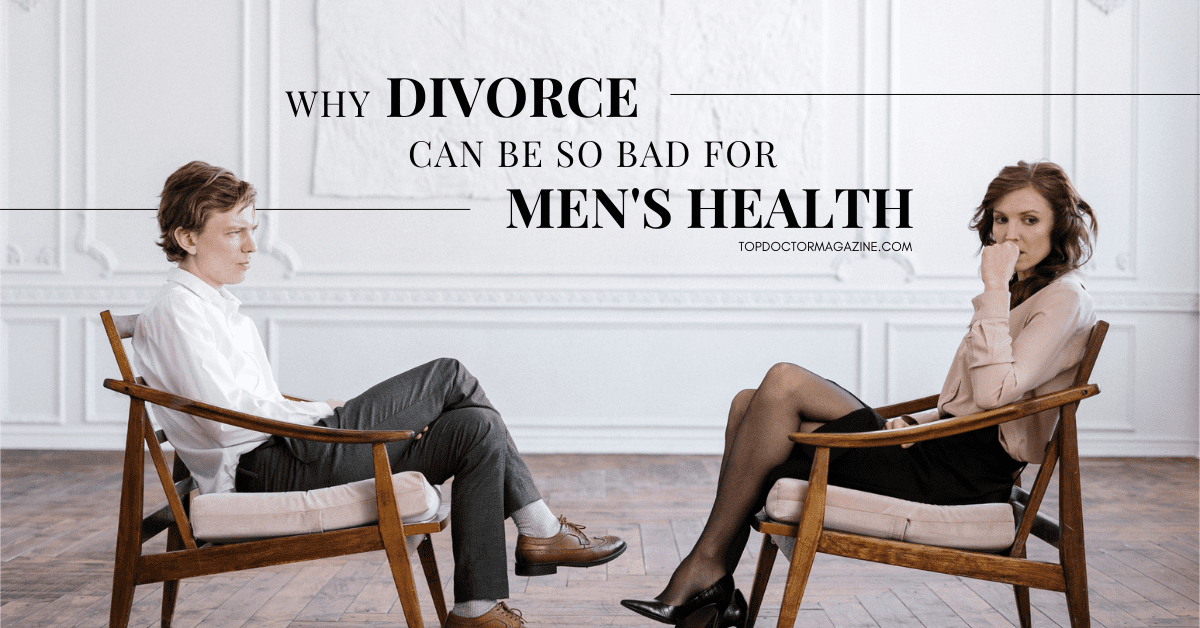The COVID-19 pandemic ushered in a plethora of changes that have changed the landscape of our lives forever. However, some have been beneficial and much-needed, such as the reduction of mental health stigma caused partly by the highly publicized mental health issues that plagued many during the pandemic.
The mainstream acceptance and discussion of mental health concerns have led to an increased overall understanding that certain behavioral patterns are mental illnesses, not simply “a lack of willpower” or a “cry for attention.” Chief amongst these behavioral patterns are eating disorders.
Eating disorders are an increasing problem. A literature review of 121 studies on eating disorders published between 2000-2018 found that the prevalence rate of eating disorders has been steadily increasing. It noted a 3.5% prevalence rate between 2000-2006 and a 7.8% prevalence rate between 2013-2018, a doubling in prevalence. Some researchers have suggested that the mass influence of media in the lives of adolescents may be causing body image dissatisfaction, thereby increasing the risk of eating disorders.
Irrespective of their causes, eating disorders are a spectrum of mental illnesses worthy of proper medical attention. The prevalence of eating disorders warrants a thorough exploration and a clear understanding of their causes, impact and treatment.
What Are Eating Disorders?
According to the American Psychiatric Association (APA), eating disorders refer to a range of mental health conditions whereby eating behaviors and patterns are disrupted by negative thoughts and emotions.
The APA’s latest iteration of its Diagnostic and Statistical Manual of Mental Disorders (DSM), the world’s preeminent guide in diagnosing mental disorders, lists diagnostic criteria for numerous eating disorders. Many of them are also characterized by mental health symptoms such as low self-esteem, anxiety, depression and social withdrawal.
Anorexia Nervosa (AN)
Individuals dealing with anorexia nervosa (AN) severely restrict their caloric intake to avoid gaining weight at all costs. Symptoms include a warped self-image and the adverse effects of malnourishment, such as dehydration, fatigue, thin hair and brittle nails.
Bulimia Nervosa (BN)
When dealing with bulimia nervosa (BN), individuals binge eat uncontrolled before vomiting or using laxatives to expel or “purge” the recently consumed food. Symptoms include the inability to stop the binge-purge cycle, lethargy and dental problems.
Binge Eating Disorder (BED)
Binge eating disorder (BED) occurs when an individual engages in uncontrolled food consumption regardless of hunger levels. Unlike BN, people with BED do not purge after their binging episode. Many BED patients suffer from weight gain and feelings of discomfort and guilt after a binge.
Pica
Pica is a condition whereby an individual compulsively swallows a range of non-food items such as chalk, soap, hair and dirt. The symptoms of pica include intestinal blockage, constipation, poisoning and infection.
Rumination Disorder
Rumination disorder occurs when someone unintentionally regurgitates food to chew on it again and either swallows it or spits it out. Symptoms include nausea and halitosis (i.e., bad breath).
Avoidant/Restrictive Food Intake Disorder (ARFID)
Avoidant/restrictive food intake disorder (ARFID) is a condition typified by an individual avoiding food and eating to the extent of being adversely affected by an insufficient caloric intake. Symptoms include severe weight loss and malnourishment.
Other Specified Feeding or Eating Disorders (OSFED)
Individuals afflicted by Other Specified Feeding or Eating Disorders (OSFED) may exhibit a combination of the symptoms and characteristics of other eating disorders without meeting the complete diagnostic criterion for a single disorder.
Unspecified Feeding or Eating Disorder (UFED)
Individuals who do not meet the diagnostic criteria for the above disorders but still experience disrupted eating behaviors due to emotional difficulties may be diagnosed with Unspecified Feeding or Eating Disorder (UFED). This can be a temporary diagnosis in cases where insufficient information is available and further clinical investigation is required.
Why Are Eating Disorders Classified as Mental Illnesses?
According to Brittany Peters, a clinical psychologist and Ph.D. candidate, eating disorders are classified as mental health disorders because they meet the two broad criteria for mental illnesses:
- Having thoughts and feelings associated with unhappiness.
- Having a reduced quality of life as a result of your ongoing issues.
What Is the Difference Between Eating Disorders and Disordered Eating?
Eating disorders are medically diagnosable conditions, while disordered eating describes unhealthy behaviors and patterns surrounding eating and food. Certain types of disordered eating, such as restricting one’s caloric intake or altering one’s feeding behavior due to emotional issues, can be diagnostic markers of eating disorders if they meet the frequency criteria for these conditions.
The key difference is that individuals may go through bouts of disordered eating without ever fulfilling the necessary clinical diagnostic criteria for any of the aforementioned eating disorders.
What Causes Eating Disorders?
Eating disorders have many of the same causes and risk factors as other mental health disorders. One of the leading models of the causes of mental illness is the biopsychosocial (BPS) model. Conceived in 1977 by the American psychiatrist George Engel, the BPS model segments the causes and development of mental health disorders into three domains of human life: biological, psychological and social.
An article published in the Frontiers of Behavioral Neuroscience journal categorizes the potential causes of eating disorders according to the BPS model as follows:
- Biological factors: Patients with eating disorders can be biologically predisposed through dopaminergic circuitry and the presence of other mental symptoms such as anxiety.
- Psychological factors: Low self-esteem, poor self-image and body image issues are potential contributing factors to eating disorders.
- Social factors: Social pressures (e.g., social media and peer pressure) and certain family environments can exacerbate the development of eating disorders.
Are Eating Disorders Genetic?
Contemporary research backs the idea that eating disorders have a prominent genetic component. Some research estimates that over 50% of the population variance in eating disorders is due to genetic factors.
How Do Eating Disorders Affect One’s Life?
People living with eating disorders are severely impacted by their effects. Depending on the nature of the eating disorder, an individual’s physical health is affected in various ways. For example, those with eating disorders leading to malnourishment can struggle with fatigue, a compromised immune system and dehydration. Conversely, those with eating disorders that lead to being overweight can experience poor physical fitness and cardiac health.
Psychologically, eating disorders can detrimentally impact self-esteem, self-image and body image perception.
Can Eating Disorders Cause Depression?
Research has revealed a notable connection between eating disorders and other mental health problems, including depression. Some studies estimate that over 30% of individuals with AN, BN and BED are also diagnosed with major depressive disorder.
While there are established links and associations between eating disorders and depression, it is unknown whether the causation is uni- or bidirectional.
Can Eating Disorders Cause Infertility?
A study of 66 patients at an infertility clinic found that over 16% of them were diagnosed with an eating disorder. Promisingly, a review of long-term studies on the effects of AN on fertility and reproductive health found a negligible association in patients who had regained weight and were recovering from AN.
How Are Eating Disorders Treated?
A variety of tried-and-tested treatment options are available to those with eating disorders: psychotherapy, nutritional therapy (with a dietician or nutritionist) and pharmaceutical treatments.
Alternative approaches, such as 12-step-based treatment, have also shown some treatment efficacy. One study estimates that the long-term success rate (3-5 years) of these models can be as high as 50%.
Eating Disorder Prevention
Many experts believe prevention is critical in battling the prevalence of eating disorders. Prevention measures aim to mitigate environmental factors that can lead to the development of eating disorders, such as those described by the BPS model. Some of these measures include public policy measures, public education and selective measures aimed at at-risk groups (e.g., prophylactic counseling).
Breaking the Stigma Around Eating Disorders
By acknowledging eating disorders as mental health conditions, we can avoid blaming those affected and take a step in the right direction, creating awareness on how to prevent and treat them and improving countless lives.
If you or someone you know may be struggling with an eating disorder, contact the National Eating Disorder Association for support here. (QR code for print)






0 Comments